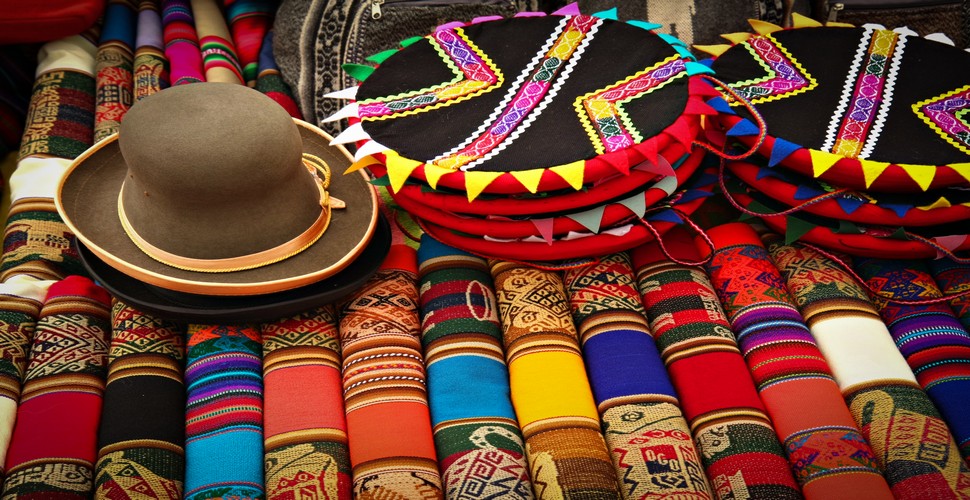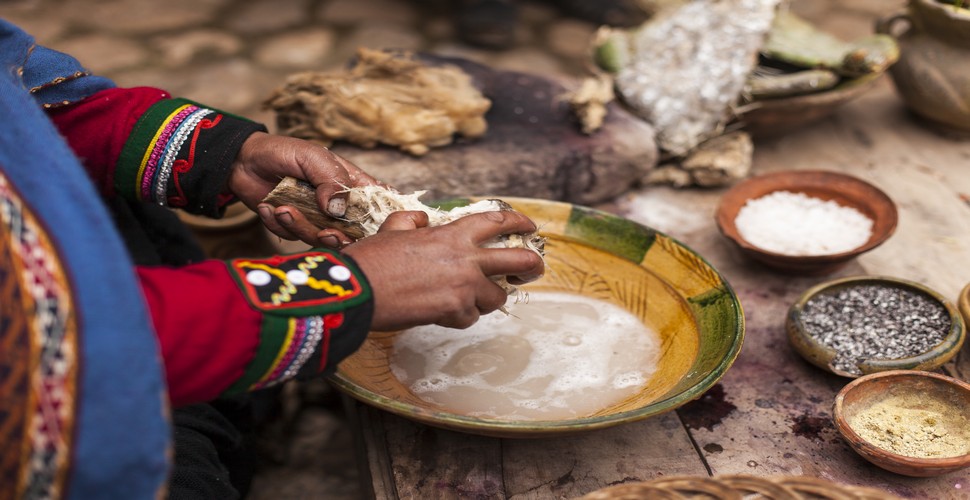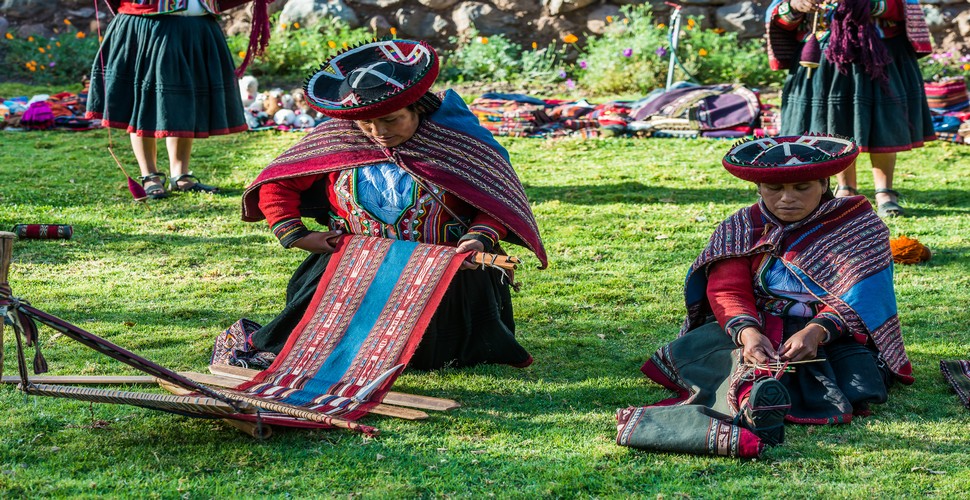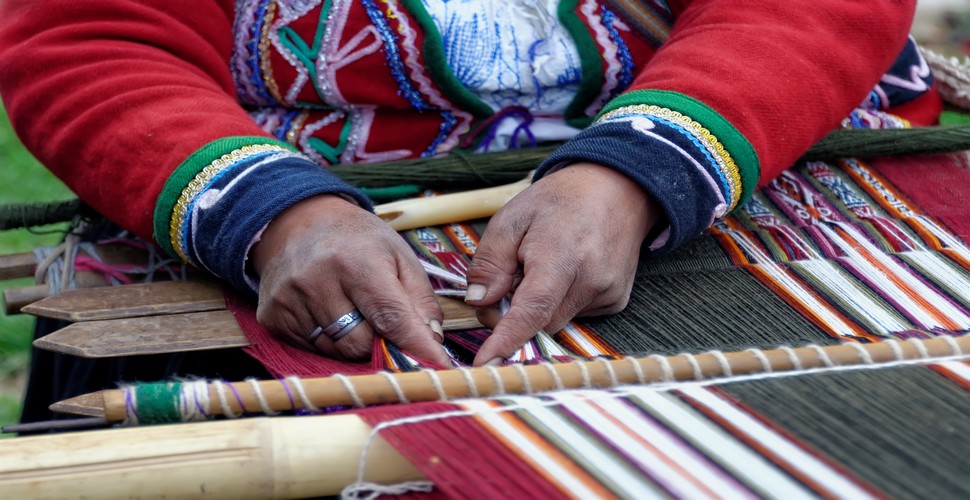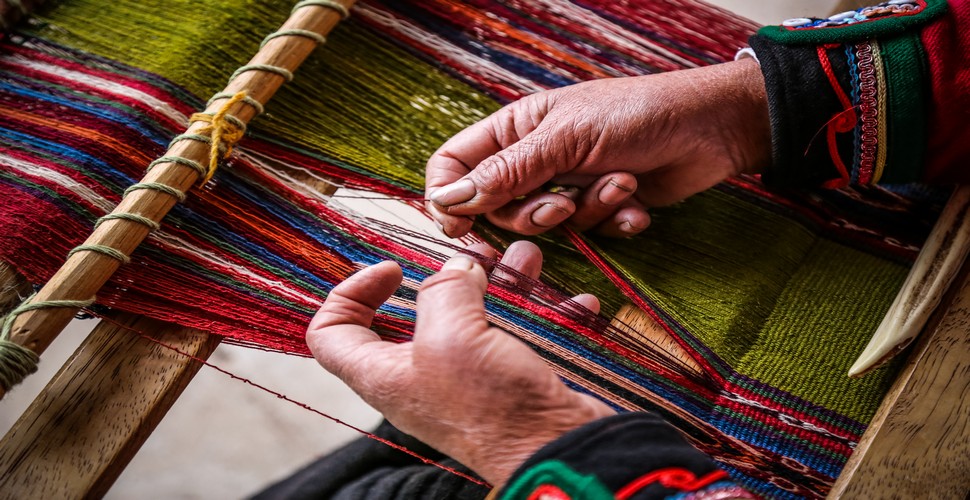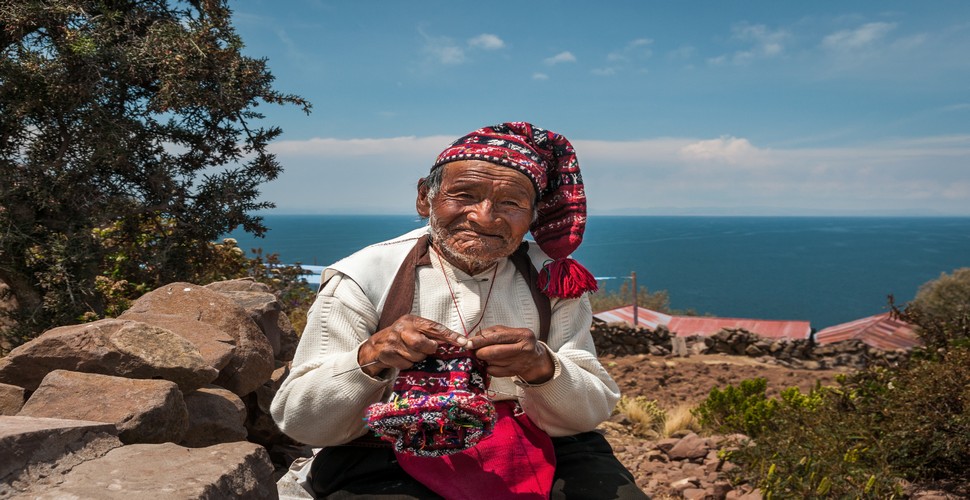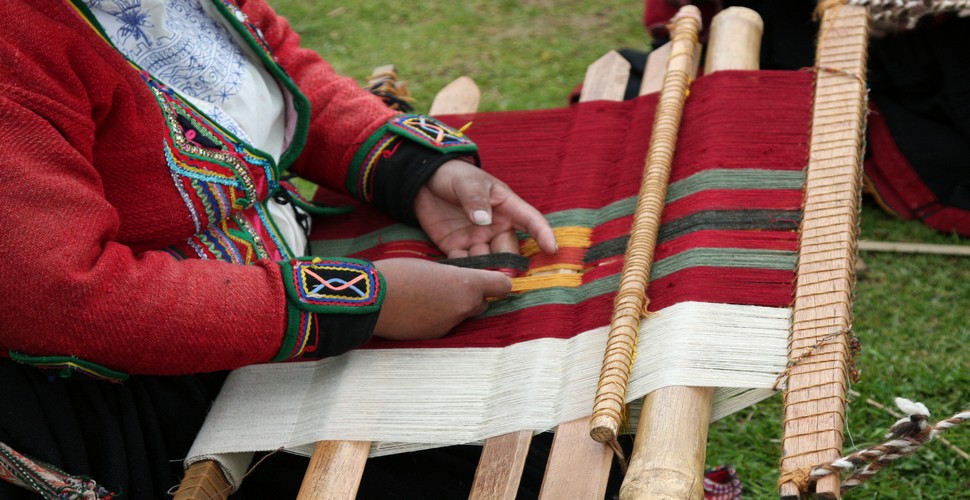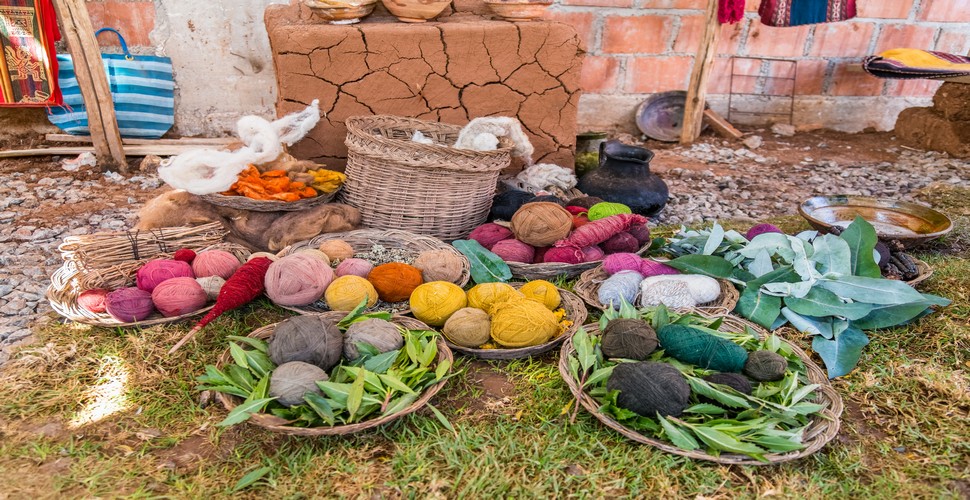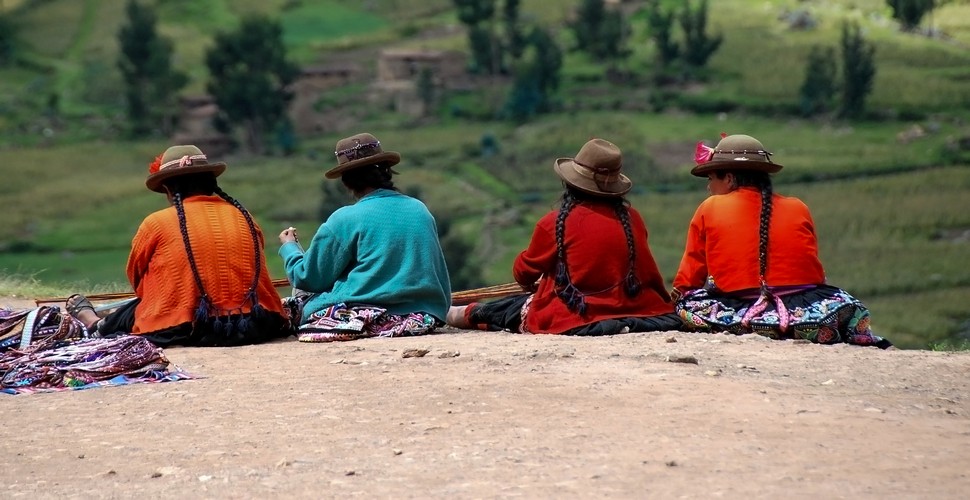

Claire Dean
Travel in South America is a joy to behold. The rich variety of destinations, experiences, landscapes and geography fascinated me so much, that I chose to relocate here, over 20 years ago! The best thing I ever did! Allow me to share my knowledge and passion for Central and South America with you and help you plan your holiday of a lifetime!

The Ancient Art of Fiber Dyeing in Peru
Written by:Claire Dean
Last Update: 2025-01-10
The Inca civilization, renowned for its impressive achievements in agriculture, architecture, and art, also had remarkable skills in textile production. Among their many textile techniques, the coloring of the natural fibers held significant importance. Using natural materials, the Inca people developed intricate dyeing methods that resulted in vibrant and long-lasting hues. In recent times, as we become increasingly aware of the environmental impact of industrial processes, there is a growing interest in returning to sustainable practices. Let us explore how the Incas dyed their fibers and discuss the importance of embracing sustainable production methods today.
Traditional Peruvian Attire
Dyeing Techniques of the Inca Civilization
The Inca civilization relied on various natural resources to color their fibers. They utilized plants, minerals, insects, and even marine life to create a diverse range of colors. Some of the most commonly used natural materials included cochineal beatles for red, indigo plants for blue, annatto seeds for yellow, and various tree barks for brown and black. The Incas skillfully combined these materials with different mordants and techniques to achieve vivid and permanent dyes.
Wool Dyeing
Sustainability
In today's world, where environmental concerns are of immense importance, it is crucial to reassess our production methods. The Inca dyeing techniques provide valuable insights into sustainable practices that can be adopted for modern textile production. By returning to these methods, we can significantly reduce the ecological footprint associated with synthetic dyes and harmful chemicals.
Sustainable Practices
Benefits of Sustainable Fiber Dyeing
- Reduced Environmental Impact
Natural dyeing methods utilize organic materials that are biodegradable and do not contribute to water pollution or soil degradation.
- Preservation of Biodiversity
The use of plant-based dyes promotes the conservation of local flora and protects ecosystems from the detrimental effects of chemical-intensive dyeing processes.
- Healthier for Artisans
Traditional dyeing methods are often safer for artisans, themselves, as they eliminate exposure to toxic chemicals commonly found in synthetic dyes.
- Reviving Sustainable Production
To embrace sustainable production methods, it is crucial to support artisans and weavers who continue to practice traditional dyeing techniques. By purchasing the products created by these talented traditional weavers, we can contribute to the preservation of Peruvian cultural heritage and promote sustainable livelihoods in remote Andean communities.
Weaving Community in Chinchero
Where to Visit on Your Peru Trip for Textiles
Chinchero
Located in the Sacred Valley of the Incas, Chinchero is renowned for its weaving heritage. The community has preserved ancient textile techniques, and you can find intricate weavings using natural dyes and traditional patterns. You can take part in authentic weaving workshops for the complete immersion experience.
Chinchero Loom
Taquile Island
Situated on Lake Titicaca, Taquile Island is inhabited by the Quechua-speaking community of Taquileños. They are known for their expertise in textile production and maintain a strong connection to their traditional weaving practices, including creating intricately woven textiles and garments. On Taquile, the men are the knitters, and women concentrate on textile production!
Happy Knitter on Taquile
Pitumarca
Pitumarca is a town in the Cusco region, where the local indigenous community of Q'ero resides. Q'ero weavers are known for their vibrant and symbolic textiles, incorporating intricate designs that reflect their culture. This option is perfect for a more off-the-beaten-track weaving experience.
Huilloc
Located in the Sacred Valley of the Incas, Huilloc is a Quechua community famous for its weaving traditions. They produce a wide range of textiles, including ponchos, blankets, and traditional garments, using traditional techniques passed down through generations.
Huilloc Weaver
Chawaytiri
Situated near Pisaq, the village of Chawaytiri is home to skilled weavers who continue to produce traditional textiles, to this day. Visitors to the community can witness the entire process of textile production, from shearing the sheep to spinning, dyeing, and weaving the wool.
Naturally Dyed Wool, Chawaytiri
The Inca civilization's mastery of fiber dyeing serves as an inspiration for us to adopt more sustainable production methods. By returning to natural dyeing techniques, we can create a positive impact on the environment, support artisans, and revive the rich cultural heritage of textile production. By prioritizing sustainable practices in the textile industry of Peru and appreciating the beauty that can be achieved through a harmonious relationship between humans and nature, you can make a visit to a traditional weaving community part of your Peru itinerary. Find out more here!


